Sponsored by ProtoReviewed by Maria OsipovaDec 7 2023
Almost ten years after the launch of the AXRD Benchtop powder diffractometer, Proto is highlighting the advanced features that they have been proudly offering in a compact footprint since 2014, as well as their ever-growing list of options.
If you are looking for a benchtop system that does it all, look no further than Proto Manufacturing, who first introduced capabilities like X-ray reflectivity (XRR), grazing-incidence diffraction (GID), texture analysis, and residual stress measurement into a benchtop powder instrument.
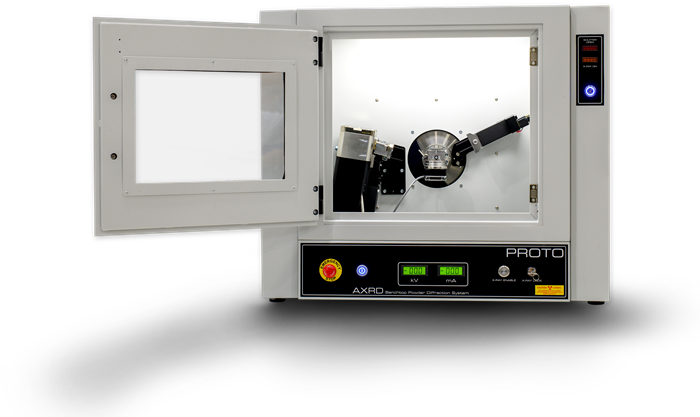
Image Credit: Proto
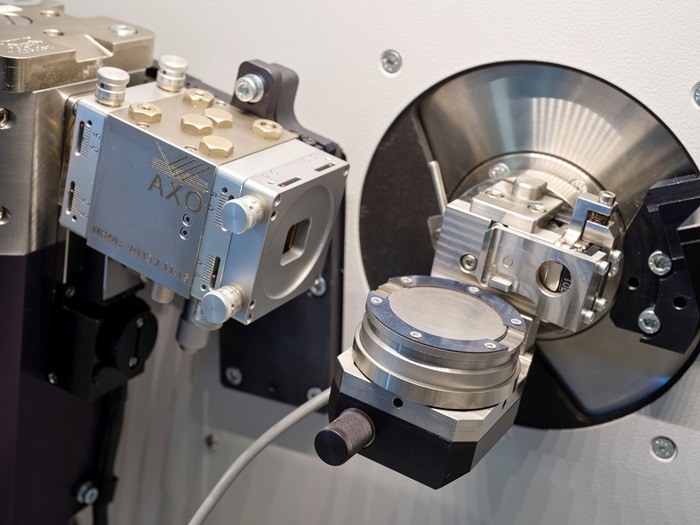
Image Credit: Proto
The Proto AXRD Benchtop has independent drives for each axis, which allows users to run in coupled mode (traditional θ/2θ Bragg-Brentano parafocusing geometry) or scan in a decoupled mode with either axis fixed while scanning the other. This makes it possible to perform analyses typically restricted to larger, more expensive systems. The system also uses completely internal cooling, saving valuable space and preventing excessive noise and other electrical or plumbing requirements in the lab.
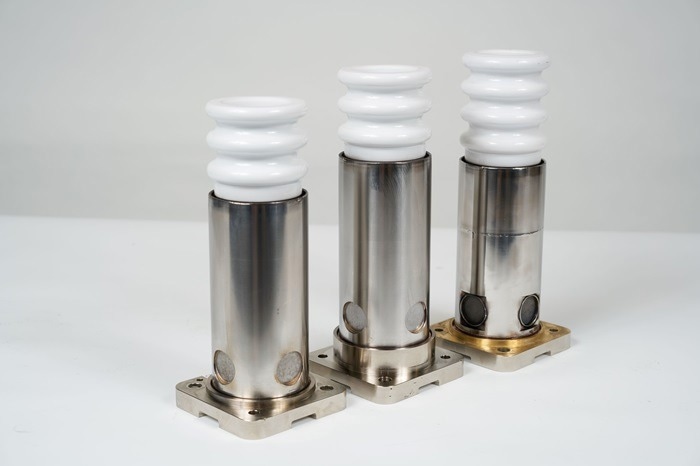
Image Credit: Proto
With the power of a 600 W generator, users can readily resolve low-intensity peaks from background. Whether you equip your system with Proto's advanced silicon-point detector or their high-speed linear detectors, you will get data at unparalleled speed and resolution.
Proto's X-ray tubes are made in their own specialized facilities, and the company provides a wide range of anodes to suit any sample’s crystallography and chemistry as well as the client's analysis goals. If your research requires you to swap between anodes, this can be done effortlessly and without the need for a technician.
With the market-exclusive 191 mm goniometer option, users can take advantage of unprecedented resolution in a benchtop configuration, as well as superb low-angle data. The motorized divergence slit or GID package provides further measurement flexibility, allowing researchers to perform GID and XRR studies with ease in a benchtop platform. This means that thin-film samples can be accurately characterized with the AXRD Benchtop. Proto's patented universal mount attachment also allows for quick and easy switching of stages without the need to re-align the system.
GID is an especially useful technique for those who need to perform thin-film analysis. With Proto’s GID package, users can easily obtain powder patterns from the surface layer and differentiate it from the other layer(s) of the sample. Thanks to the parallel beam optic included in this package, users can collect data with superior resolution and decreased background noise.
For example, in the image below, the black arrows represent differentiation in the diffraction pattern from the surface (CrN) layer of the sample. At a 2° incidence angle, the pattern is solely that of the CrN layer; however, at 4° and higher incidence angles, peaks from deeper layers appear (the strike and TiAlN layers, in this case). Each layer can be analyzed clearly without missing out on the characterization of the top layer due to overwhelming intensity from deeper or substrate layers, as would be typical in standard XRD experimental setups.
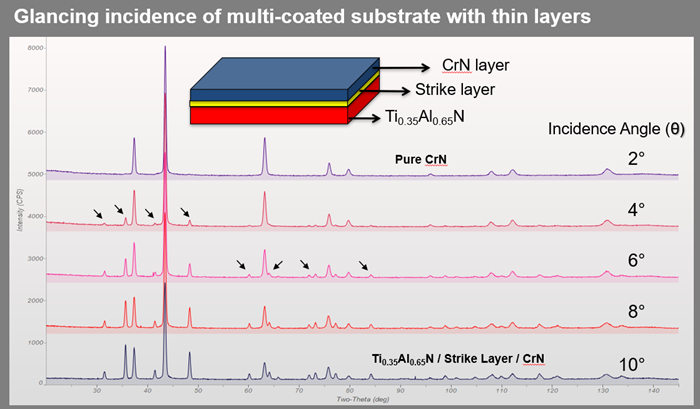
Image Credit: Proto
The AXRD Benchtop can easily accommodate any of the following experimental needs:
- Rocking curves
- Texture
- Residual stress (including both ψ≥0 and ψ<0 in a single acquisition)
- Glancing incident angle
- Parallel beam optics
- Very small sample volumes in a capillary
- Large bulk samples (multiple inches in all dimensions)
- Non-ambient analysis – sub-ambient to 500°C, high pressure, air-tight/controlled atmosphere
- Many samples without user intervention
The AXRD Benchtop is also a convenient solution for pharmaceutical applications. Not only can users perform non-ambient experiments with their choice of temperature stages, but they can also take advantage of Proto's automated sample changer for unattended operation.
Various sample holders are available for use with powders, pellets, and environmentally sensitive samples. In addition, Proto offers a 21 CFR Part 11–compliant version of their powder software for users who create or store records containing FDA-regulated information or processes.
With a huge selection of accessories and the ability to customize both stages and instrument setups, Proto offers unmatched versatility. Some of the options on offer are shown in the figure below.
In addition to the BTS 150 that is pictured, Proto also offers the BTS 500 stage with an identical form factor and an ambient temperature range of up to 500°C. For users who work with batteries, Proto can create custom holders for battery cells to optimize your testing.
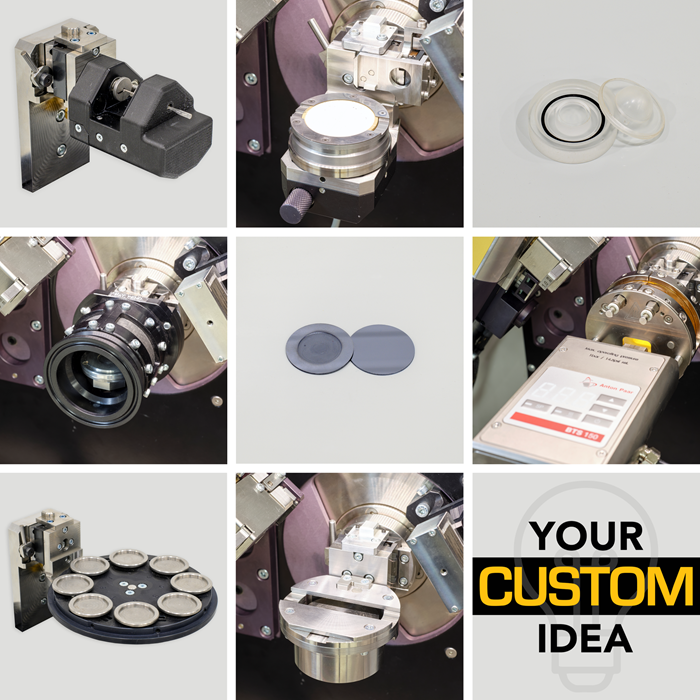
(From left to right) Top row: Capillary stage, indexable phi stage, air-tight sample holder. Middle row: High-pressure controlled-atmosphere cell, silicon zero-background holder with and without cavity, BTS 150 temperature stage (temperature range: -10–150°C). Bottom row: Eight-sample changer, bulk sample stage, custom stages. Image Credit: Proto
With available hardware configurations for various advanced PXRD applications and the intuitive software to match, this versatile instrument is up to any challenge and provides the perfect all-in-one solution for those with space limitations.
Visit protoxrd.com to view their full line of XRD offerings, as well as custom solutions for users with more complex experimental needs.
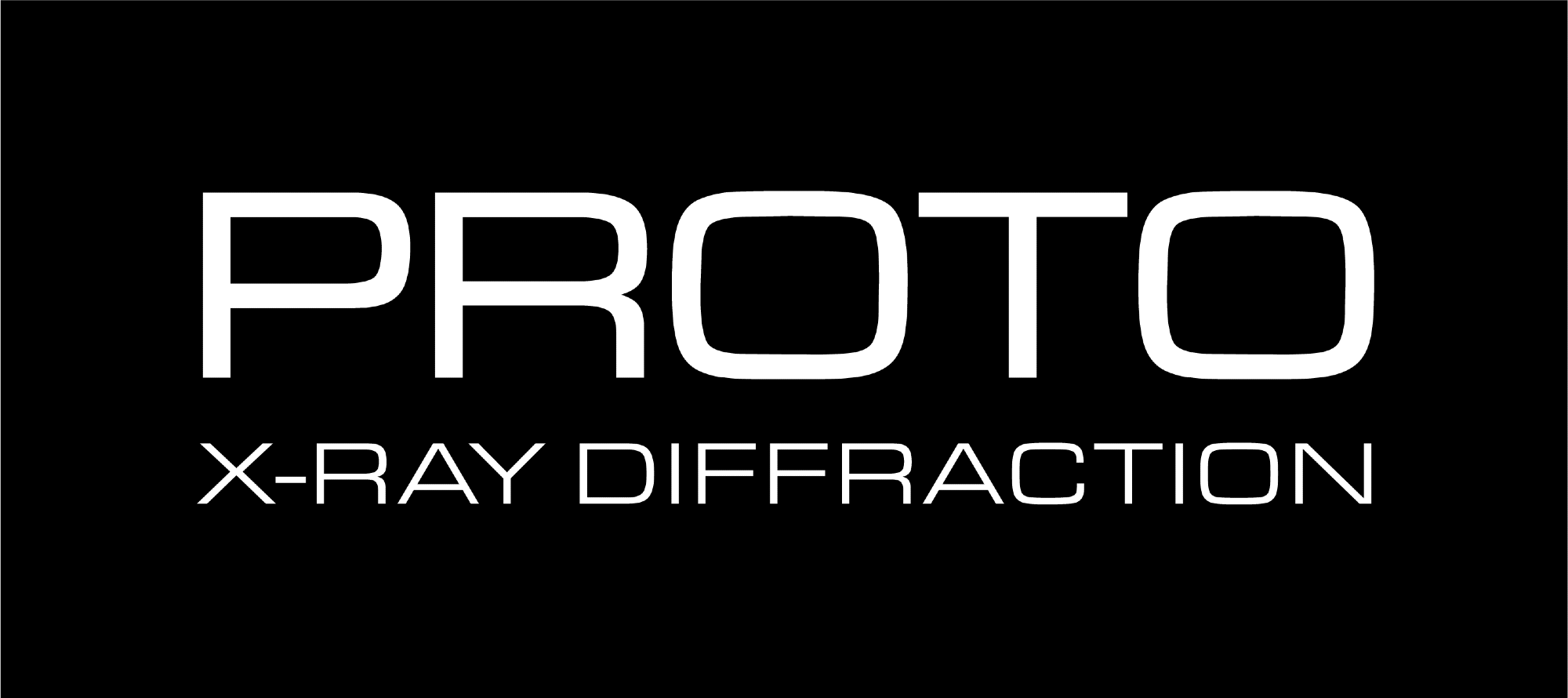
This information has been sourced, reviewed, and adapted from materials provided by Proto.
For more information on this source, please visit Proto.